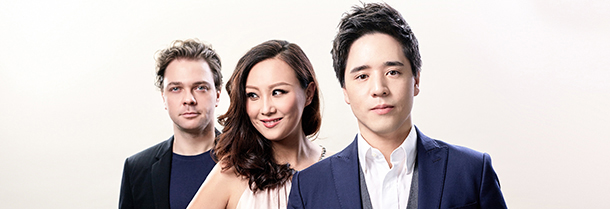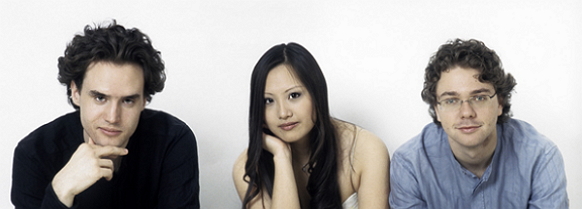Tag: Sitkovetsky Trio
-

-

PROGRAM NOTES: SITKOVETSKY TRIO
Johannes Brahms: Piano Trio no. 3 in C minor, Op. 101 This is the last work Brahms wrote for the piano trio. It is a magnificent work in every respect, from the sharply etched melodies to the concision and masterly manner in which they are handled. It is also one of Brahms’s most compact…

